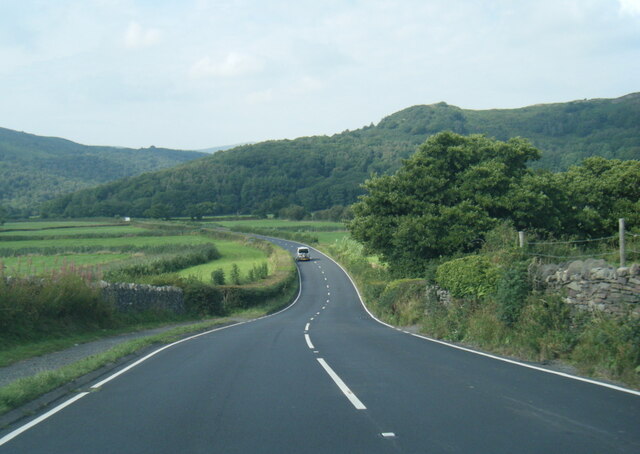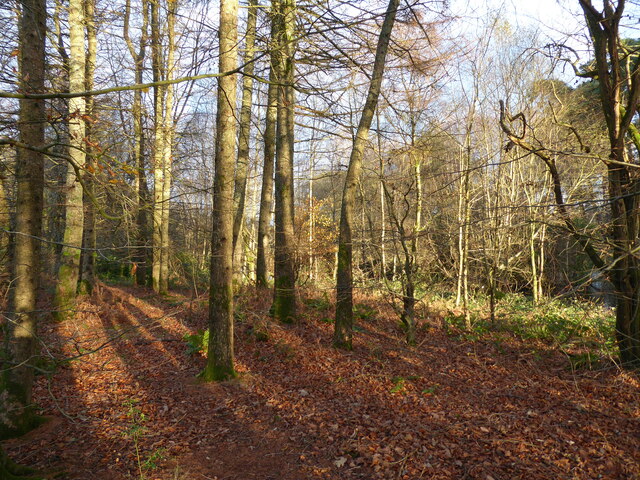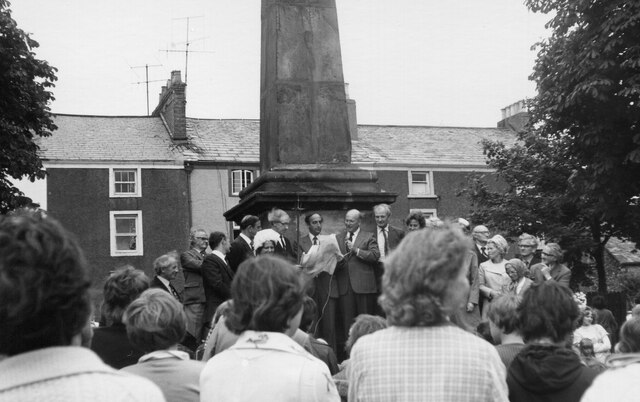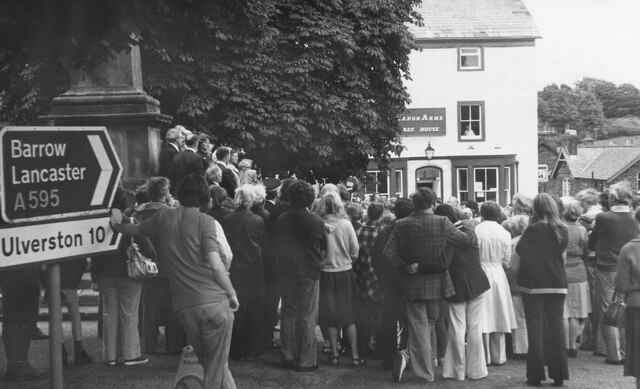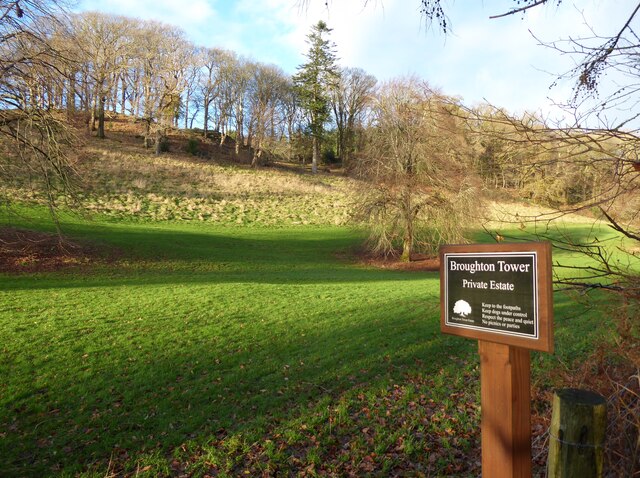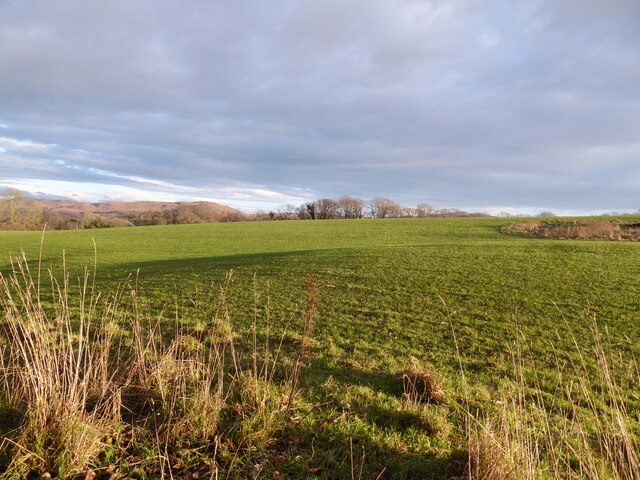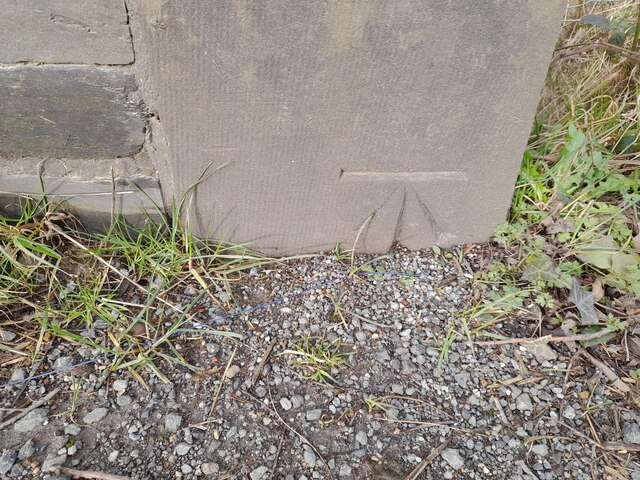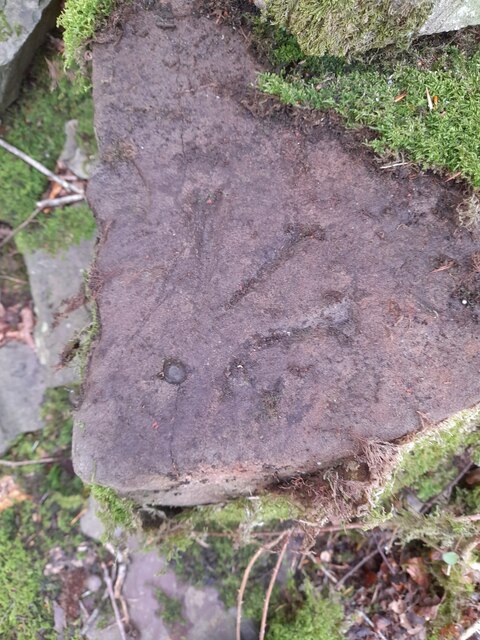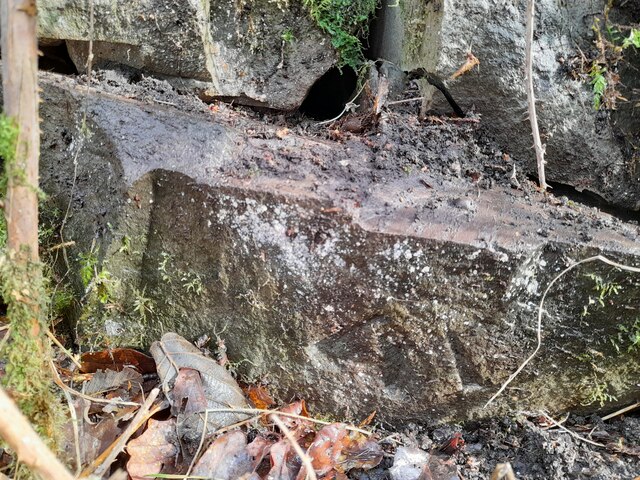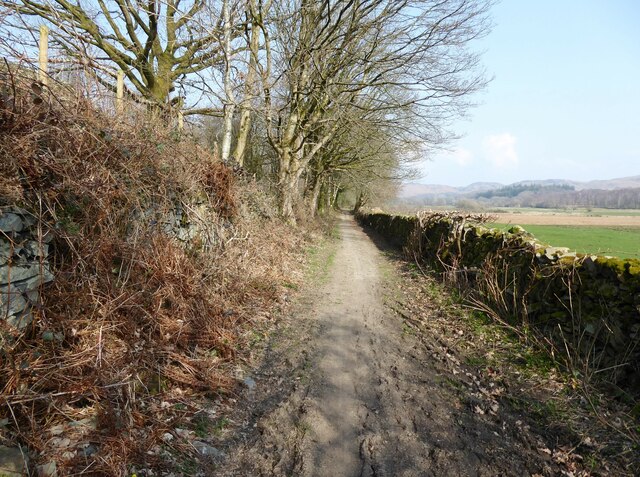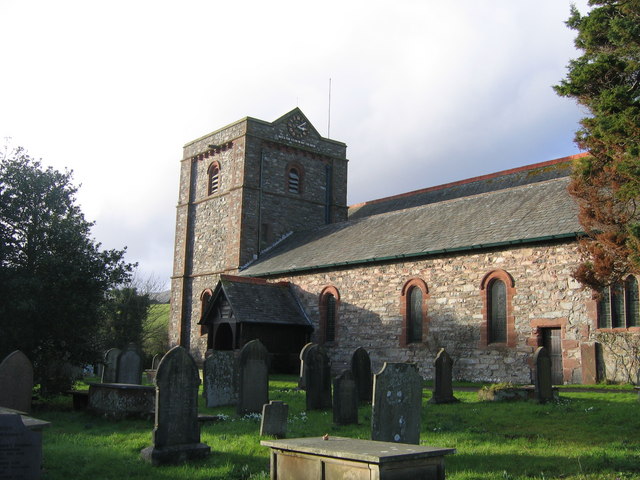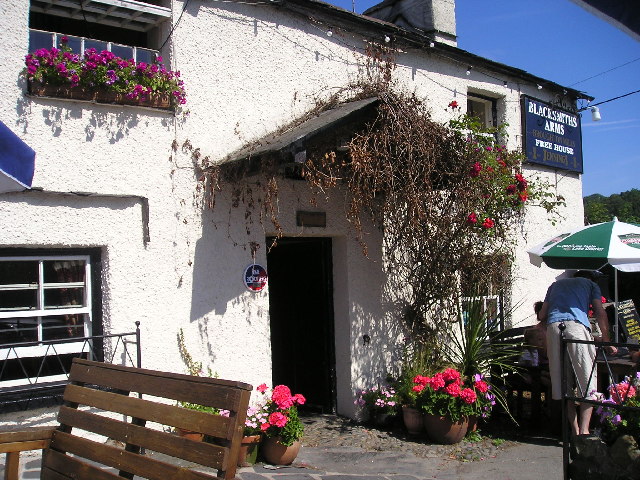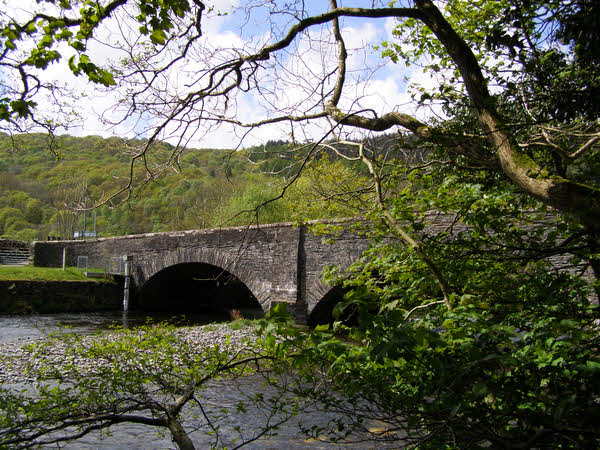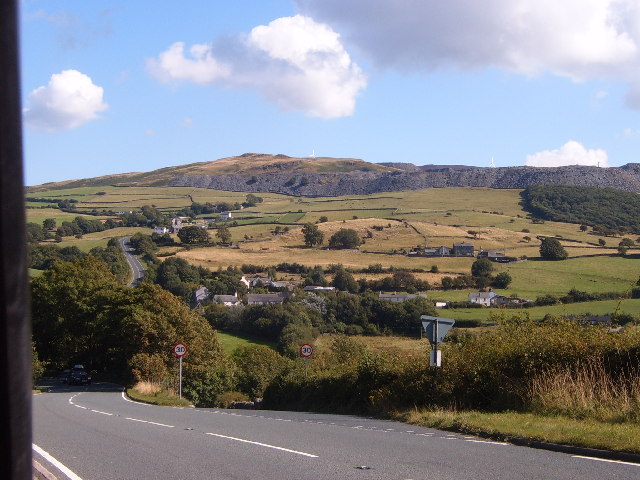Tailacre Wood
Wood, Forest in Lancashire South Lakeland
England
Tailacre Wood
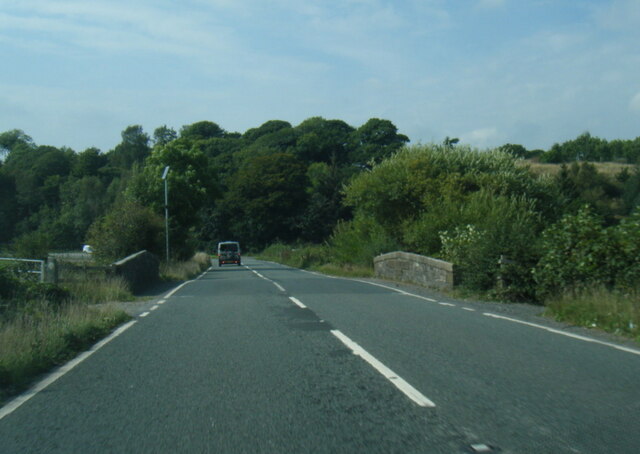
Tailacre Wood, located in Lancashire, is a picturesque forest known for its natural beauty and tranquil ambiance. Spanning several acres, this enchanting woodland is a haven for nature lovers and outdoor enthusiasts alike.
The wood features a diverse range of flora and fauna, with a rich array of deciduous and evergreen trees providing a stunning backdrop throughout the year. Oak, beech, and ash trees dominate the landscape, creating a dense canopy that offers shade and shelter for the woodland floor.
Walking through Tailacre Wood, visitors are treated to a sensory experience like no other. The air is infused with the earthy scent of damp moss and fallen leaves, while the gentle rustling of wildlife adds to the ethereal atmosphere. The forest floor is carpeted with a vibrant tapestry of wildflowers, including bluebells, primroses, and wood anemones, creating a burst of color that delights the eye.
For wildlife enthusiasts, Tailacre Wood offers a chance to spot a variety of animals. Squirrels scamper among the treetops, while rabbits and foxes can be seen darting through the undergrowth. Birdsong fills the air, with species such as thrushes, blackbirds, and woodpeckers making their homes in the wood.
Visitors can explore the woodland via a network of well-maintained trails, allowing them to immerse themselves fully in the natural surroundings. Whether walking, cycling, or picnicking, Tailacre Wood offers a serene escape from the hustle and bustle of everyday life.
In conclusion, Tailacre Wood in Lancashire is a captivating forest, offering a sanctuary of tranquility and natural wonder. Its breathtaking beauty and abundant wildlife make it a must-visit destination for nature enthusiasts and those seeking solace in the great outdoors.
If you have any feedback on the listing, please let us know in the comments section below.
Tailacre Wood Images
Images are sourced within 2km of 54.281679/-3.1959263 or Grid Reference SD2287. Thanks to Geograph Open Source API. All images are credited.
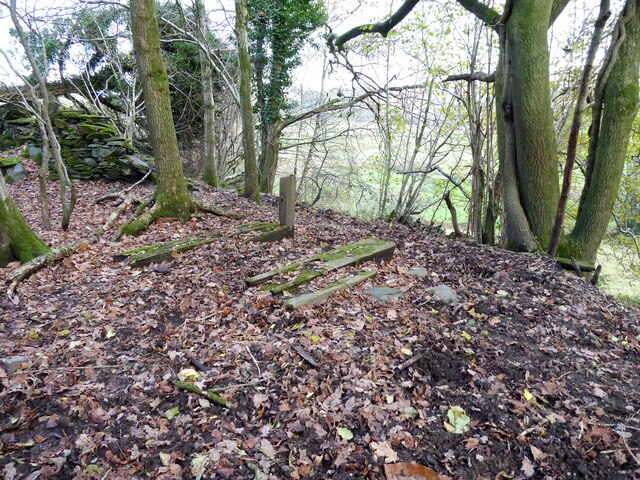
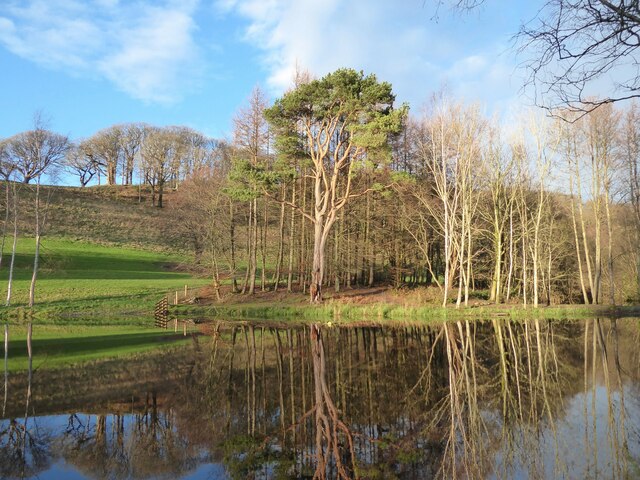
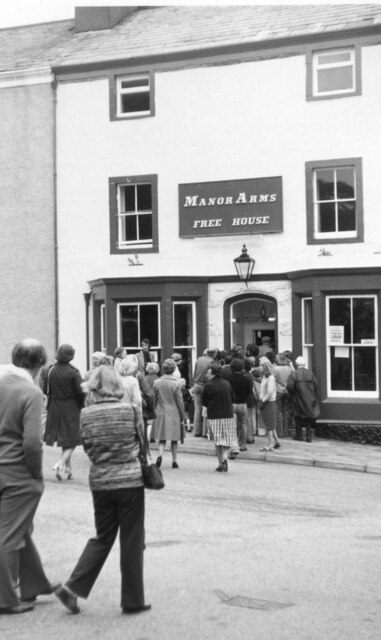
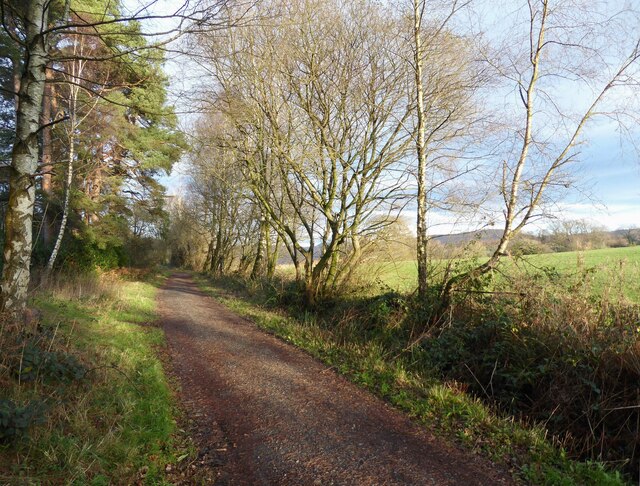
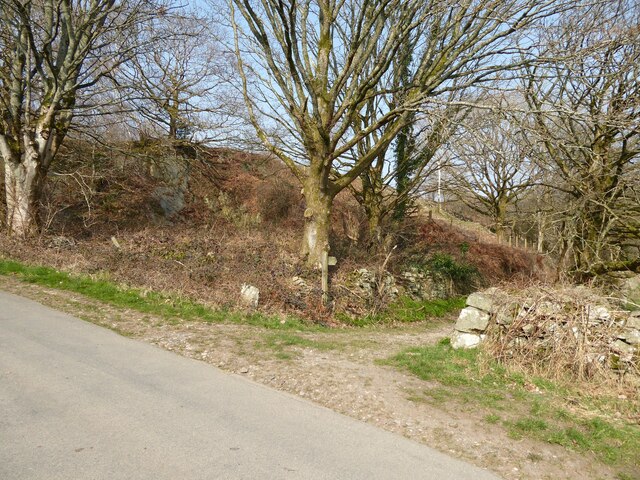
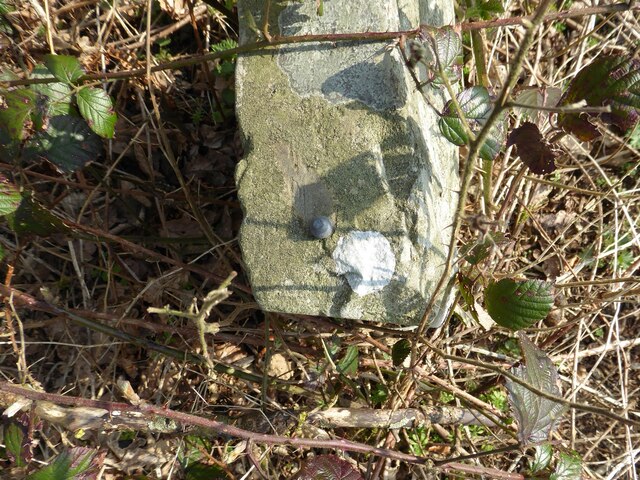
Tailacre Wood is located at Grid Ref: SD2287 (Lat: 54.281679, Lng: -3.1959263)
Administrative County: Cumbria
District: South Lakeland
Police Authority: Cumbria
What 3 Words
///director.lectured.skins. Near Millom, Cumbria
Nearby Locations
Related Wikis
Broughton-in-Furness railway station
Broughton-in-Furness railway station served the market town of Broughton-in-Furness, in Lancashire, England (now in Cumbria). It was on the branch line...
Broughton-in-Furness
Broughton in Furness is a market town in the civil parish of Broughton West in the Westmorland and Furness district of Cumbria, England. It had a population...
St Mary Magdalene's Church, Broughton-in-Furness
St Mary Magdalene's Church is in Broughton-in-Furness, Cumbria, England. It is an active Anglican parish church in the deanery of Furness, the archdeaconry...
Eccle Riggs
Eccle Riggs is a country house located on Eccle Riggs, a ridge of land about 0.75 miles (1.2 km) to the south of Broughton-in-Furness, Cumbria, England...
Broughton West
Broughton West is a civil parish in the Westmorland and Furness district of Cumbria, England. In the 2001 census the parish had a population of 954, decreasing...
Broughton Mills
Broughton Mills is a village in Cumbria, England, located 3.5 kilometres from the larger town of Broughton-in-furness. The village consists of about 40...
Duddon Bridge
Duddon Bridge is a hamlet in Cumbria, England. == References ==
Bank End
Bank End is a village in Cumbria, England. == External links == Media related to Bank End, South Lakeland at Wikimedia Commons
Nearby Amenities
Located within 500m of 54.281679,-3.1959263Have you been to Tailacre Wood?
Leave your review of Tailacre Wood below (or comments, questions and feedback).
